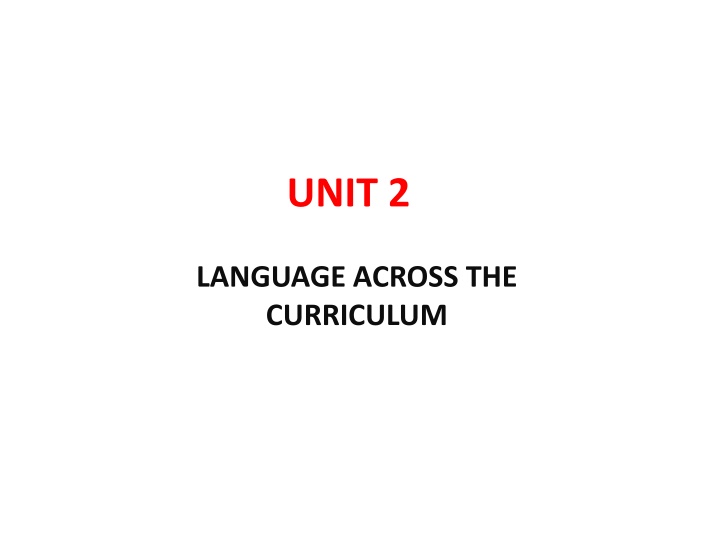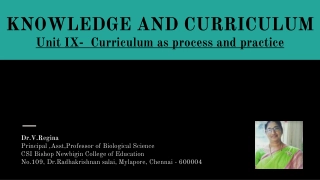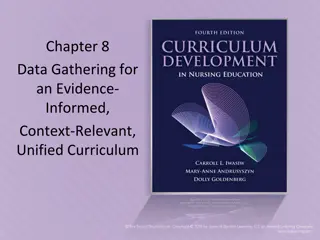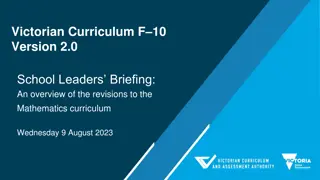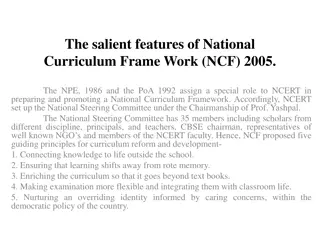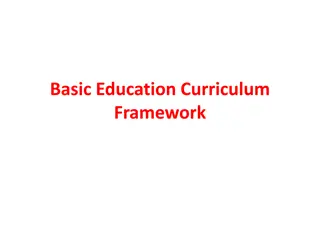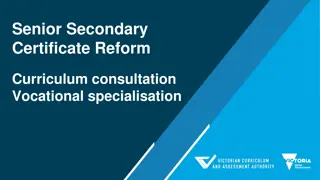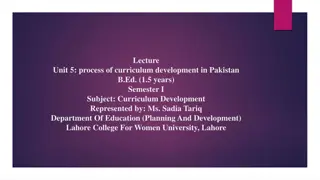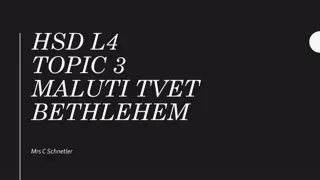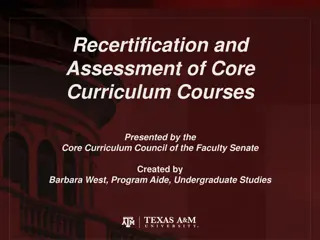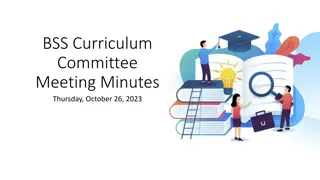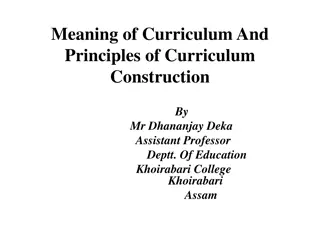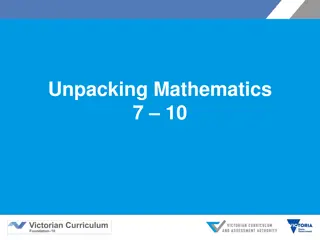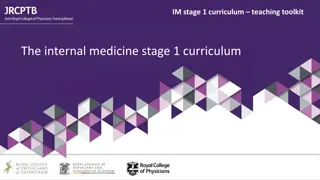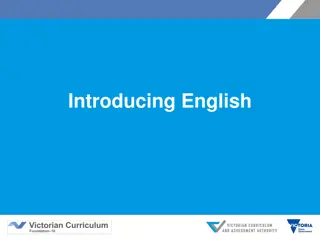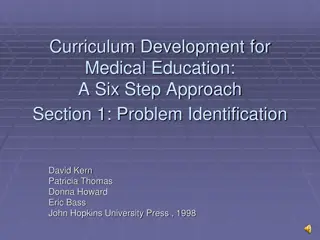Language in Education and Curriculum: Why Language Matters
Language plays a vital role in education and curriculum, serving as a tool for learning, understanding, and communication. It is through language that students interact, exchange ideas, and acquire knowledge. The significance of language in curriculum development and the learning process cannot be overstated, emphasizing the inseparable link between language and education.
Download Presentation

Please find below an Image/Link to download the presentation.
The content on the website is provided AS IS for your information and personal use only. It may not be sold, licensed, or shared on other websites without obtaining consent from the author.If you encounter any issues during the download, it is possible that the publisher has removed the file from their server.
You are allowed to download the files provided on this website for personal or commercial use, subject to the condition that they are used lawfully. All files are the property of their respective owners.
The content on the website is provided AS IS for your information and personal use only. It may not be sold, licensed, or shared on other websites without obtaining consent from the author.
E N D
Presentation Transcript
UNIT 2 LANGUAGE ACROSS THE CURRICULUM
Language in Education and Curriculum Why is Curriculum and education inseperable? Curriculum is one of the medium through which aims of education could be achieved. Development of both individual and social qualities depends on the content of curriculum provided. Curriculum includes all activities inside and outside the classroom (SEC 1952-53). Language play a pivotal role in education and curriculum
Significance of Language in Education and Curriculum Language is a tool for learning and aid to understanding. Speaking and writing reflect the thinking process that is taking place. Language is not only a means of communication but linked to thinking process. Students learn in language. If their language is weak, so is their learning. Language matter not only in language classroom but also through the curriculum. Standard language as a mean of educational purpose hi xerox ah en tur .
Language in curriculum Language is important in comprehension and for making use of knowledge. Language in the curriculum is the chief medium for exchange of ideas between students and teachers. Language plays a central role in any curriculum development and effective functioning of school curriculum
Learning Language Child first interact with family members, talk and learn language unconsciously. Mother tongue is consider to be the first language in which a child speak. Acquisition is a common term rather than Learning at this level. Children learn language consciously at the primary stage(school). The teacher use certain technique and strategies for the child in learning language(L2,L3 and so on).
Popular method and approach in learning language: Grammar translation method Direct approach Natural approach Situational approach Oral approach Cooperative language learning Task based learning
Learning through language Language is use as a medium of instruction in learning. Connate language as a communication phenomenon. Language a prime tool in learning process, display learning, assessing learning.
Function of Language A. Informative Function Transfer information It is responsible for describing things and delivering messages that provide readers or listeners with new information. This function is used to: (a)Affirm or deny propositions, as in science or the statement of a fact. (b)Describe the world or some reasons for it
B. Expressive function People use this function of language each time when they need to share their feelings. It doesn't deliver a message; it is aimed to express feelings and impressions. It helps readers to receive the bigger picture of the characters' personalities and their emotions. The simplest examples of expressive language are various exclamations, swear words, words of admiration, gratitude, etc.
B. Performative function Language perform an action in themselves. "I do" in the marriage ceremony. Give order or command.
Boys : Function of language inside classroom. Girls : Function of language outside classroom.
